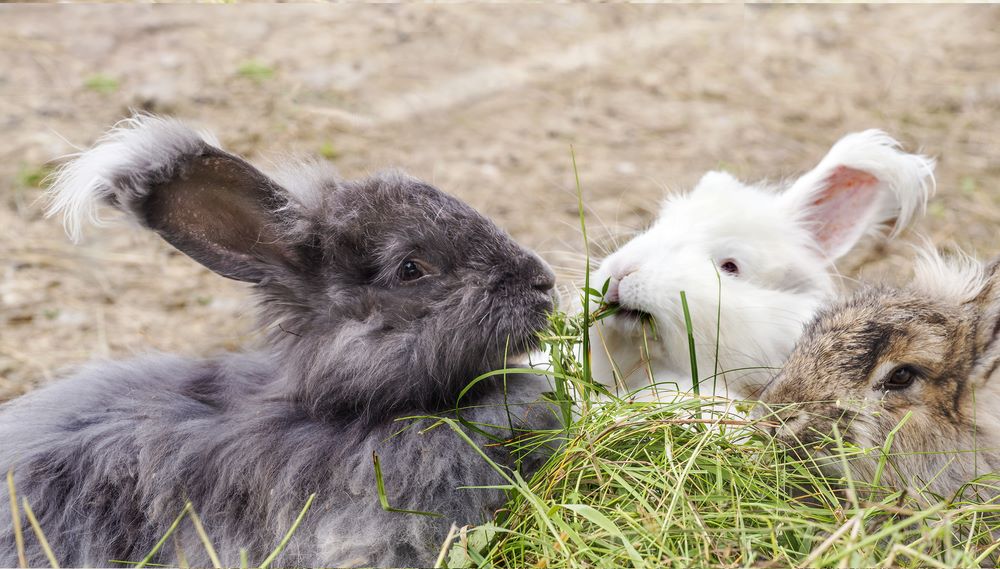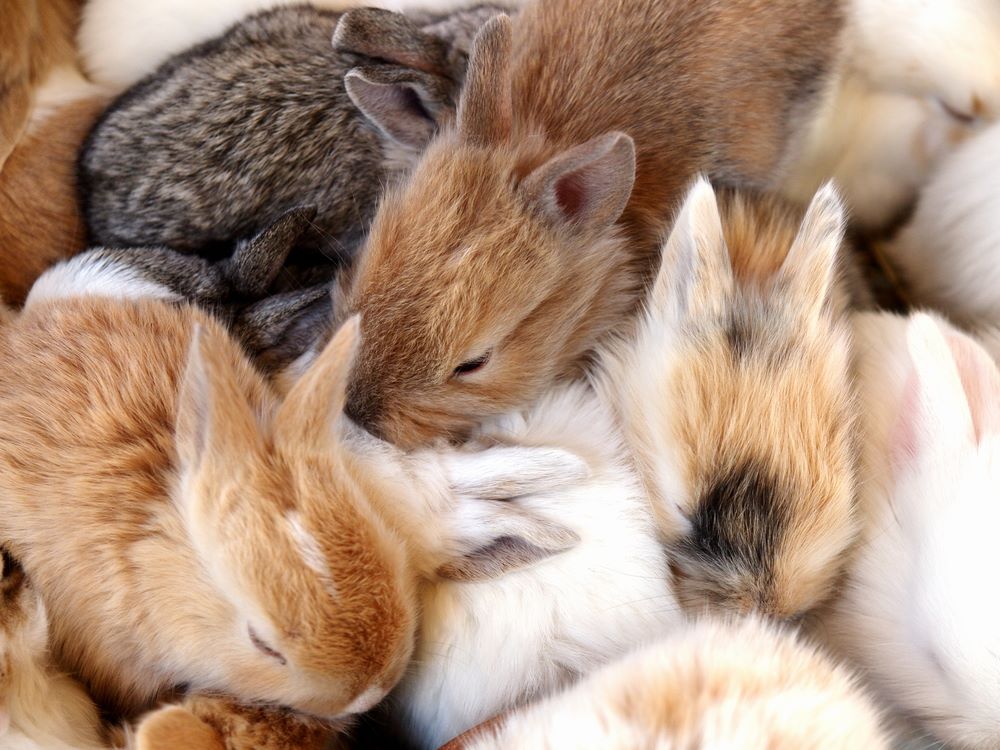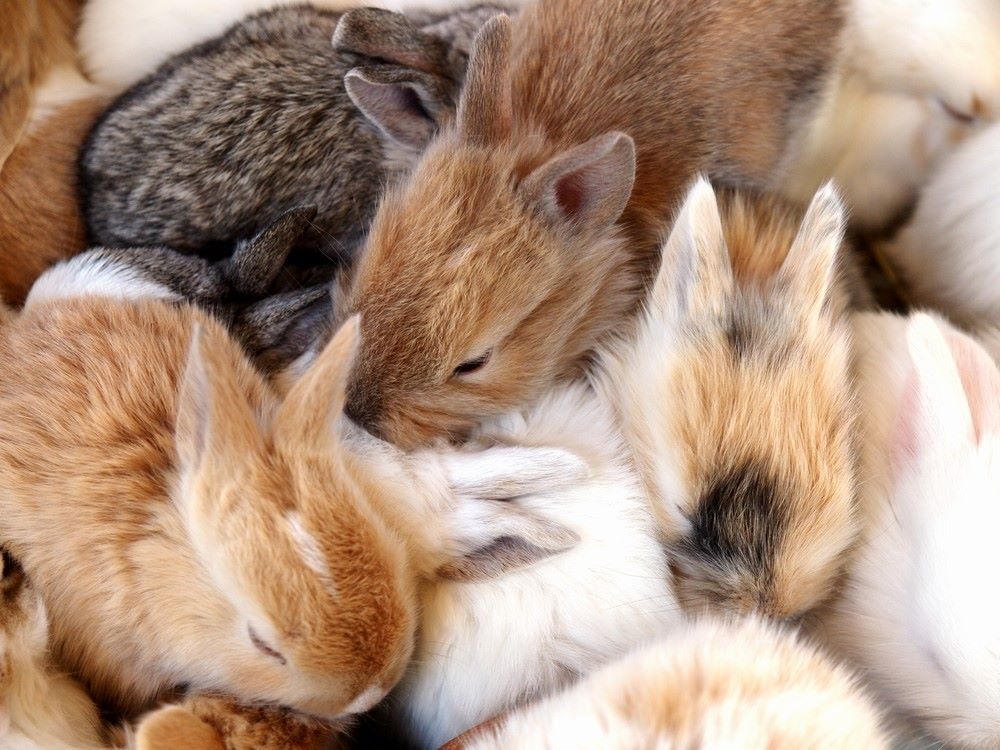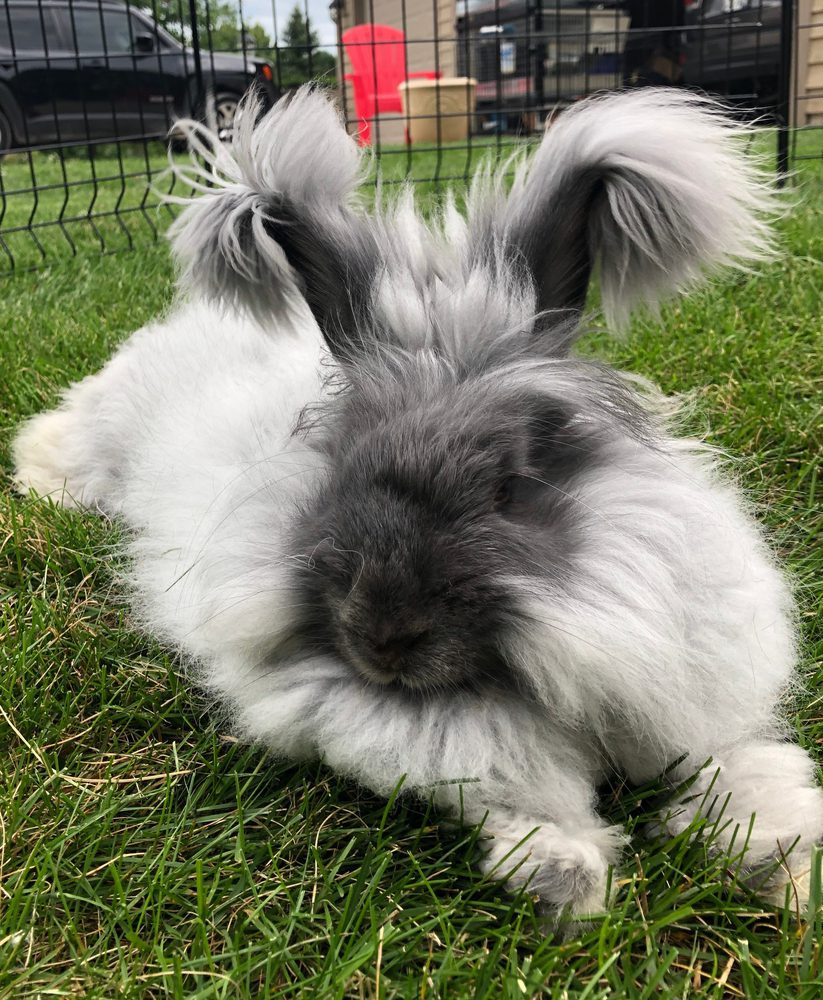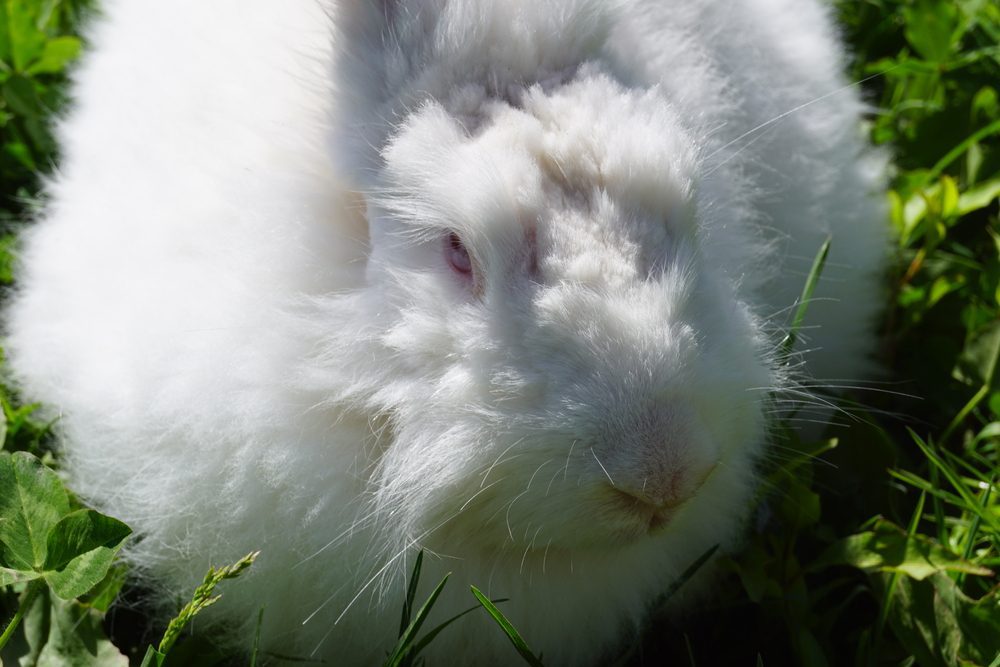Angora Rabbit Habitats: Amazing Facts Revealed!
Have you ever wondered where the fluffy and adorable Angora rabbits call home? These rabbits are not just cute; they live in a world as fascinating as their soft fur! Let’s take an exciting journey into the secret Angora rabbit habitats.
Angora rabbits, known for their long, soft wool, have homes as unique as they are. In the wild, they find comfort in environments just right for their needs – not too hot or cold, but perfectly cozy. For those Angora rabbits who live with us as pets, their homes are different but equally important for their happiness and health.
From understanding the perfect living conditions to exploring what they eat in the wild, we will uncover everything about where these charming bunnies thrive. Whether they’re hopping around in nature or snuggling in a comfy corner of your home, learning about their habitat is exciting and helps us take better care of our fluffy friends. So, are you ready to hop into the world of Angora rabbits and discover what makes their habitat so unique? Let’s get started!
The Natural Habitat of Angora Rabbits
Did you know that Angora rabbits originally come from places quite different from our backyards? In the wild, these rabbits prefer habitats that are safe, quiet, and have plenty of food. They love areas with lots of grass and bushes to hide and play. It’s like their own natural wonderland!
The Perfect Climate for These Fluffy Creatures
Angora rabbits are pretty picky about the weather. They don’t like it too hot or too cold. Their ideal climate is mild and comfortable. Imagine a perfect spring day – that’s what these bunnies enjoy the most! The weather is just right for them to hop happily in their natural habitat.
Where in the World Are Wild Angora Rabbits Found?
These rabbits are pretty travelers! Initially, they came from Turkey, but now you can find them in different parts of the world. They adapt well to various places as long as the environment feels like home – not too hot or cold and with plenty of space to explore.
Housing Needs for Domestic Angora Rabbits
Have you ever considered what makes the perfect home for a pet Angora rabbit? Like us, these adorable bunnies need a place to feel safe, happy, and loved. Let’s find out how to make the best home for them!
The Basics of a Friendly Angora Rabbit Habitat
First, Angora rabbits need space. They love to hop, play, and explore. A large cage or pen is a must. It should be big enough for them to move freely. Think about how you love having room to stretch and play – your bunny feels the same way!
Protecting Your Rabbit Indoors
Safety is super important. Inside their home, ensure there are no dangerous things they can chew on, like wires or harmful plants. Rabbits are curious, and we need to keep their exploring safe. It’s like baby-proofing but for bunnies!
Bedding and Shelter
Comfort comes next. Soft bedding is a must for these fluffy creatures. It keeps them warm and cozy. A small shelter or hideaway in their habitat gives them a private spot to relax. Imagine having a comfy bed and a little fort – your rabbit wants that, too!
Exercise and Play Area
Don’t forget about playtime! Angora rabbits need an area where they can exercise and have fun. This can be a part of their cage or a safe room where they can run around. Toys and tunnels make playtime exciting for them. It’s like having a mini playground!
Hygiene and Health
Lastly, cleanliness is super important. Regularly cleaning their habitat keeps them healthy and happy. Think about how good you feel in a clean room – your Angora rabbit feels the same in a clean home.
Diet and Nutrition in Their Natural Habitat
What Do Angora Rabbits Eat in the Wild?
Did you know that Angora rabbits are cute and have interesting eating habits? In the wild, their diet is simple but super important for their health. Let’s munch on what they eat!
Natural Foods
Angora rabbits love to eat lots of grass and leafy greens in their natural habitat. They also nibble on herbs and sometimes even flowers. It’s like having a salad bar in nature! This diet is perfect for keeping their digestion running smoothly and their fur fluffy.
Mimicking a Wild Diet at Home
If you have an Angora rabbit as a pet, you might wonder, “What should I feed them?” The answer is pretty cool – try to give them a diet similar to what they would eat in the wild. Fresh hay should be most of their diet. Add some leafy greens, like lettuce and spinach, and have a happy bunny!
Fresh Water
Just like us, Angora rabbits must drink water daily. Fresh, clean water is super important for their health. Always make sure your bunny has water to drink. It’s like having a refreshing glass of water on a hot day!
Treats and No-No Foods
Treats are fun, but be careful! Foods like carrots and fruit should only be given sometimes, as they are high in sugar. And some foods are big no-nos for rabbits, like chocolate and anything too processed. It’s all about keeping their diet healthy and natural.
Social Structure and Behavior in the Wild
In the wild, these rabbits have fascinating social lives. Let’s hop into understanding their behavior and social structure!
The Social Lives of Wild Angora Rabbits
In nature, Angora rabbits are pretty social. They like to hang out in groups, known as colonies. It’s like having a group of friends or a big family. They communicate with each other through movements and sounds, showing how they feel or what they need.
Friendship and Play
Playtime is important for these fluffy creatures. They love to play chase and jump around with each other. It’s a way for them to bond and have fun. Think about how much fun you have playing with your friends – rabbits feel the same joy!
Comparing Wild and Domestic Rabbit Social Behavior
Now, what about pet Angora rabbits? They also love company, whether it’s other rabbits or humans. If you have a pet bunny, spending time with them and giving them attention is important. They need love and friendship just like we do.
Why Understanding Their Social Needs Matters
Knowing about Angora rabbits’ social structure and behavior helps us care for them better. Whether living in the wild or as our pets, understanding their need for companionship and play is key to their happiness.
Challenges in the Wild
Life in the wild isn’t always easy for Angora rabbits. They have to be careful and smart to stay safe. Let’s find out about their challenges and how they manage to survive.
Predators: The Main Threat to Wild Angora Rabbits
One of the biggest dangers for these fluffy bunnies is predators. Animals like foxes, eagles, and even large cats see Angora rabbits as a tasty meal. It sounds scary, but understanding this helps us realize how brave these rabbits are.
Survival Strategies
So, how do Angora rabbits protect themselves? They have some clever tricks! They’re good at hiding and running fast to escape danger. They also use their strong senses to detect predators early.
Adaptations
Over time, Angora rabbits have adapted to their environment to survive. Their fur looks beautiful and helps them blend into their surroundings. This camouflage is a great way to hide from predators.

Breeding and Lifecycle in Their Natural Environment
Do you know how baby Angora rabbits come into the world? It’s a fascinating part of their life! Let’s learn about the breeding habits and lifecycle of Angora rabbits in the wild.
When and How Angora Rabbits Breed
Angora rabbits, like most rabbits, are pretty good at making families. The mother rabbit, called a doe, can have several babies, known as kits, at a time. It’s like a fluffy, hopping family growing every year!
Caring for the Young
Mother rabbits are excellent at caring for babies. After the kits are born, the doe makes a warm, cozy nest. She uses her fur to keep them warm and safe. Imagine a mom knitting a blanket but with her fur. That’s what a doe does for her kits!
The Rabbit Lifecycle
Baby rabbits grow up fast. They look like mini versions of their parents in just a few weeks. They learn to hop, eat on their own, and explore. Think about how fast you grow and learn new things – kits do the same!
Frequently Asked Questions (FAQs) About Angora Rabbit Habitats
What Kind of Environment Do Angora Rabbits Prefer?
Angora rabbits love a place where they can feel safe and have lots of space. In the wild, they like areas with grass and bushes. A big cage with cozy bedding and room to play is essential for pet rabbits. Think of it like your favorite room in your house – that’s what they need.
Can Angora Rabbits Live Outside?
Yes, but they need protection from bad weather and predators. If you keep an Angora rabbit outside, ensure they have a safe, warm hutch and a fenced area. It’s like having a safe playground with a cozy house.
How Do Wild Angora Rabbits Build Their Homes?
Wild Angora rabbits don’t build homes like beavers or birds. They find natural spots like under bushes or in burrows made by other animals. It’s like finding the perfect spot to chill out and relax.
What Should I Put in My Pet Rabbit’s Habitat?
Your pet rabbit’s habitat should have a soft bedding area, a place to hide, a feeding area, and toys. It’s like setting up a mini home with everything they need to eat, sleep, and play.
How Can I Make My Rabbit’s Habitat More Fun?
Add tunnels, chew toys, and balls to entertain them. Changing things around sometimes also helps. It’s all about giving them fun stuff to explore and play with.
Conclusion
These delightful bunnies depend on us for their well-being, and their habitat plays a crucial role in their lives. It’s more than just a living space; it’s where they find joy, nourishment, and safety – a haven as unique to them as our homes are to us.
Whether bounding in the wild or cozying up in our homes, Angora rabbits look to us for care and love. Providing nutritious food, a comfortable resting place, and affection can profoundly impact their lives. In caring for them, we become their champions, making a difference.
Though our guide about Angora rabbit habitats ends here, the journey of caring for and learning about Angora rabbits continues. Let’s keep exploring and sharing, ensuring that these charming rabbits always have a place to thrive. Together, we can make the world a wonderful haven for Angora rabbits.

